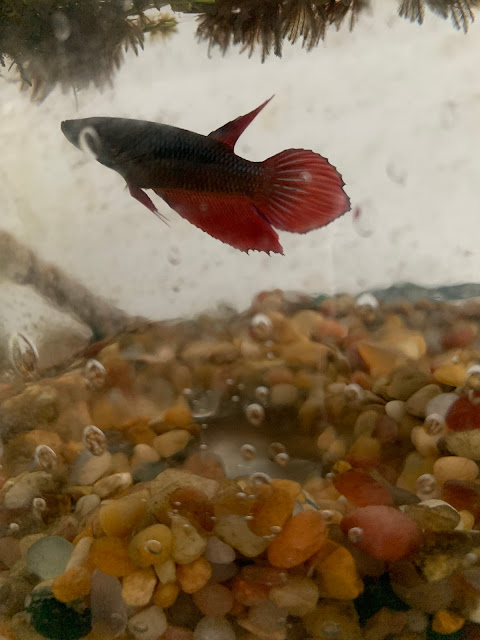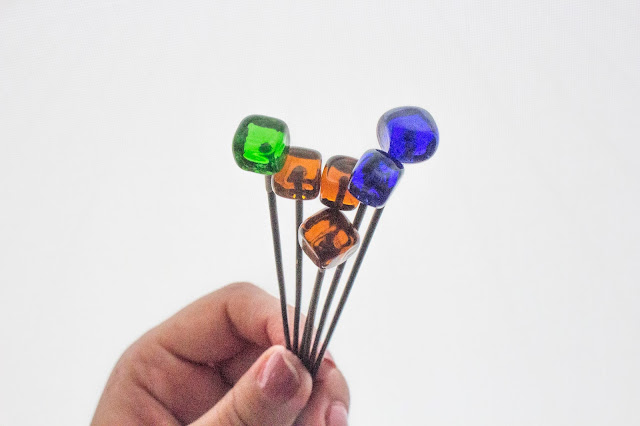March 2023
the wannabe art studio... blog
First there was no studio... then there was no blog. This blog is here as a testament to my endeavors to continue advancing in lampwork and jewelry design. But it's been about other things and life does change.
I am now happily with studio, and so many crafts I can't keep track. Please visit my website, www.gabiloraine.com
Fusing 104coe 1" square tiles [Part II]
So, we figured the problem was actually that I had filled the kiln with three times as much material as the time I used the original schedule.
In the interest of time, I adjusted the schedule but continued firing with the three molds. It went swell.
In the future, I might want to continue experimenting until perfection is achieved, but for the moment I have actually run out of scraps. Could I use virgin material for this product? Sure, probably... but I'm currently behind with commissions for things I know how to do well (including a painting), so I have to finish those first before launching into more experimentation. I also see more profitable and satisfying to figure out how to make the blown beads again. So, projects will be prioritized...
Fusing 104coe 1" square tiles [Part I]
I'm posting this mostly for myself than anything else.
Back in 2013 I melted these tiles, and took the notes that follow.
Then, upon attempting that schedule yesterday, I got the following results...
For anyone reading this needing the visual, this is what my kiln looks like:
How to clean sticky pencils that mysteriously "melted" by sitting next to erasers...
Gabi the painter
When Gabi the painter started this blog in 2009 she didn't really know what she was doing, she needed a place to ramble randomly and didn't like Facebook notes, she wanted a place to post fun pictures and be able to write and do funny things with links... And a place to post fun pictures.
(he will ask me to take this down in 3... 2...)
Gabi the painter had recently graduated from college and was fresh with technical skill and art ideas from the classes she'd taken. She didn't yet feel like an intruder in her parent's home, and wasn't feeling burned out from the ridiculous work that was ahead of her. And she painted a few times, and posted about it...
And then Gabi the painter, like, died? You know, shit happens.
👻 But now she's back! And she's painting. And drawing. And she has this new modern thing called "Instagram", with upwards of 500 followers! Which doesn't seem like a lot but it kind of is. And is doing commission work, for people who love her work. Who knew!
And this so-called "art studio" blog kind of returns to it's roots, because I want to paint, and I HAVE NO STUDIO. Lol. I'm desperate to go home and have a studio. But this time, I will actually paint in it, AND melt glass. Possibly even at the same time! Who knows. But I'm back, bitches.
Here's one more pic, because I can. More on that later.
A brief post on recycled glass...
I really enjoyed practicing how to make this shape completely by marvering.















































